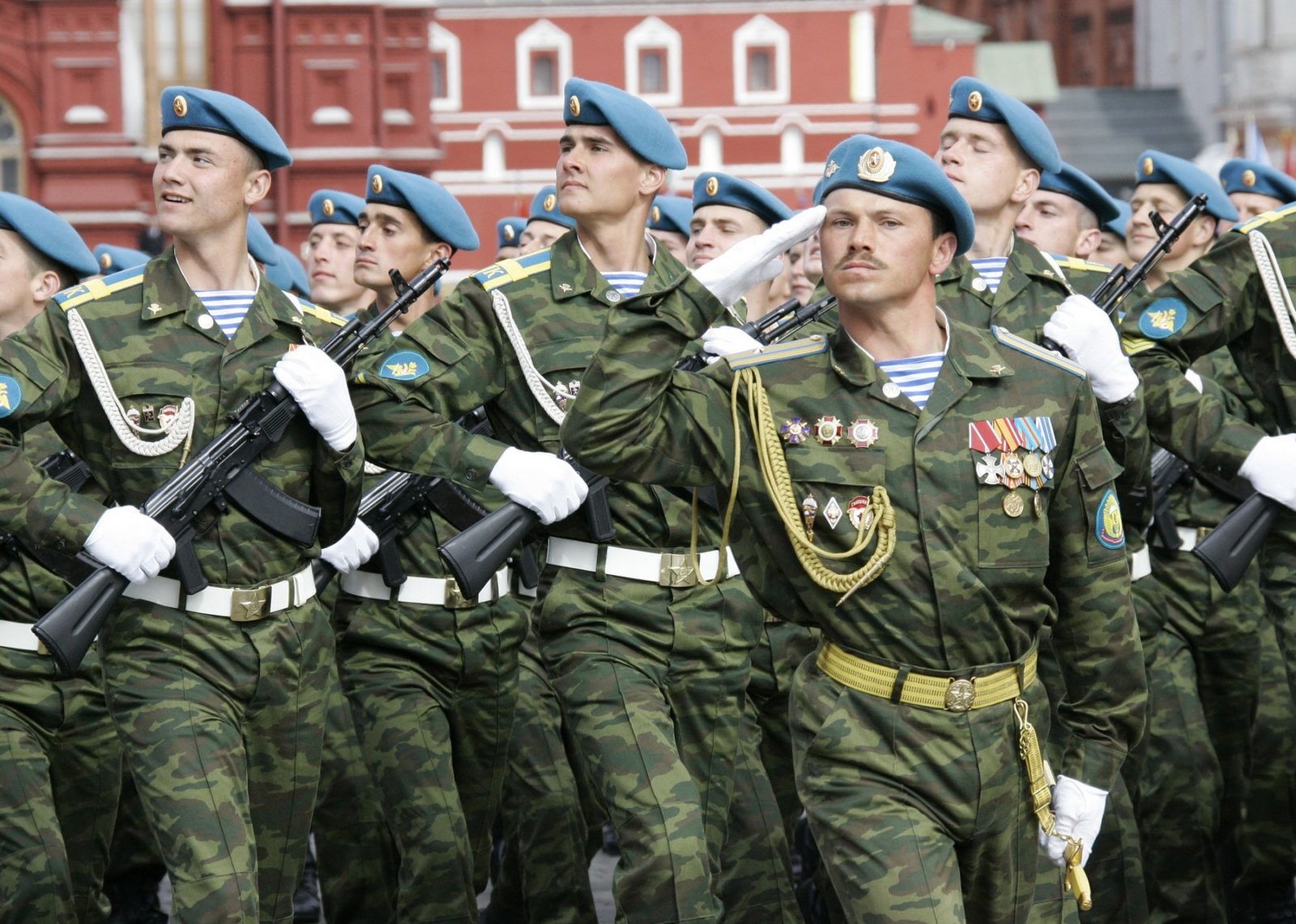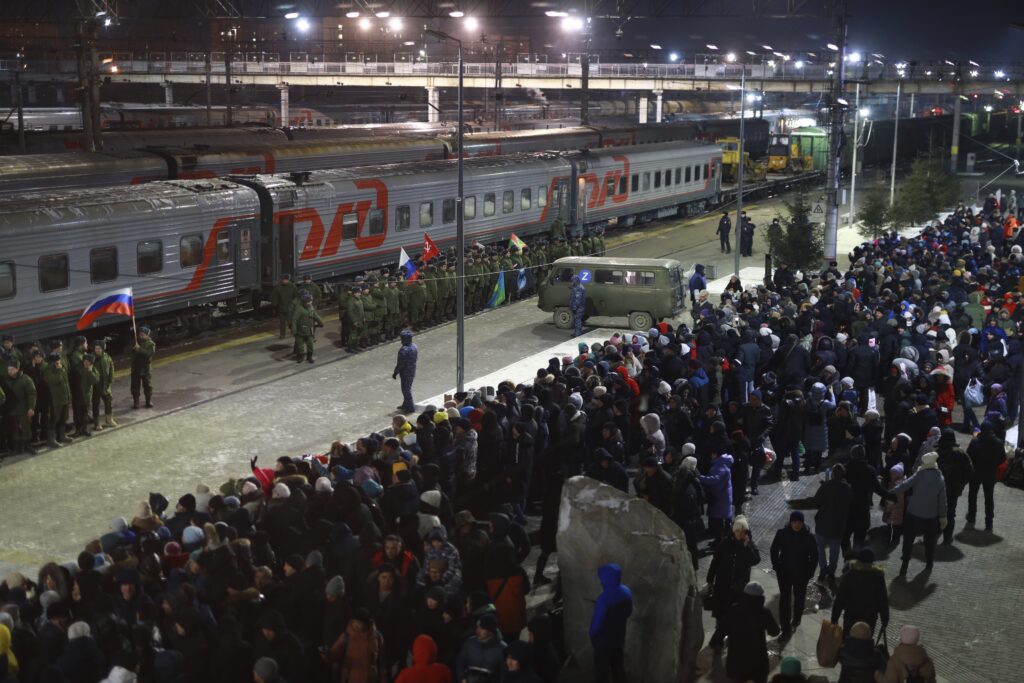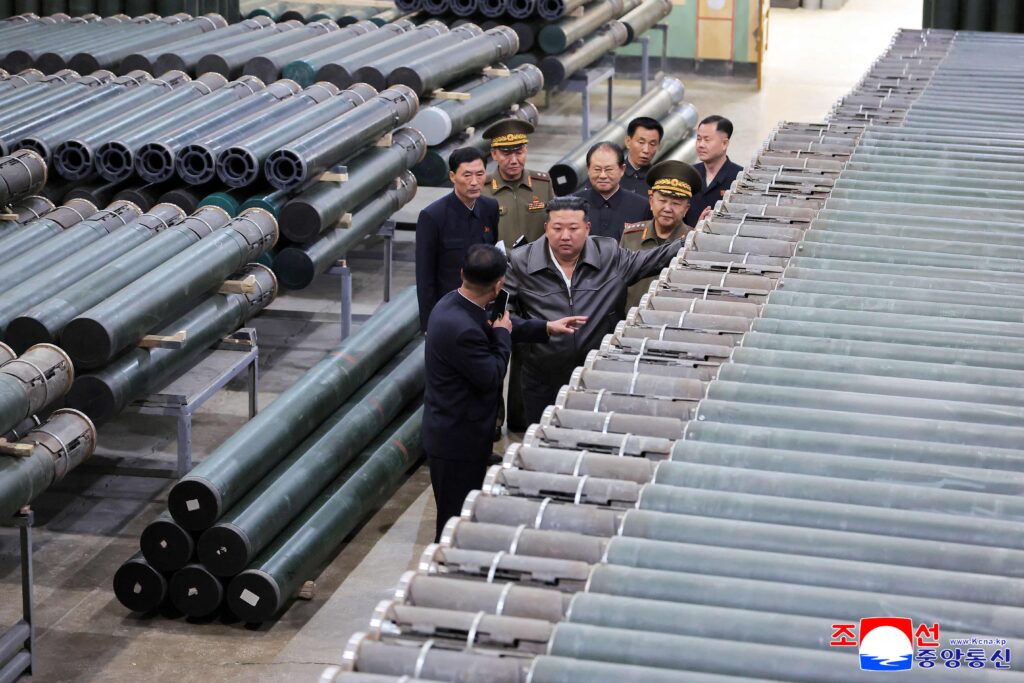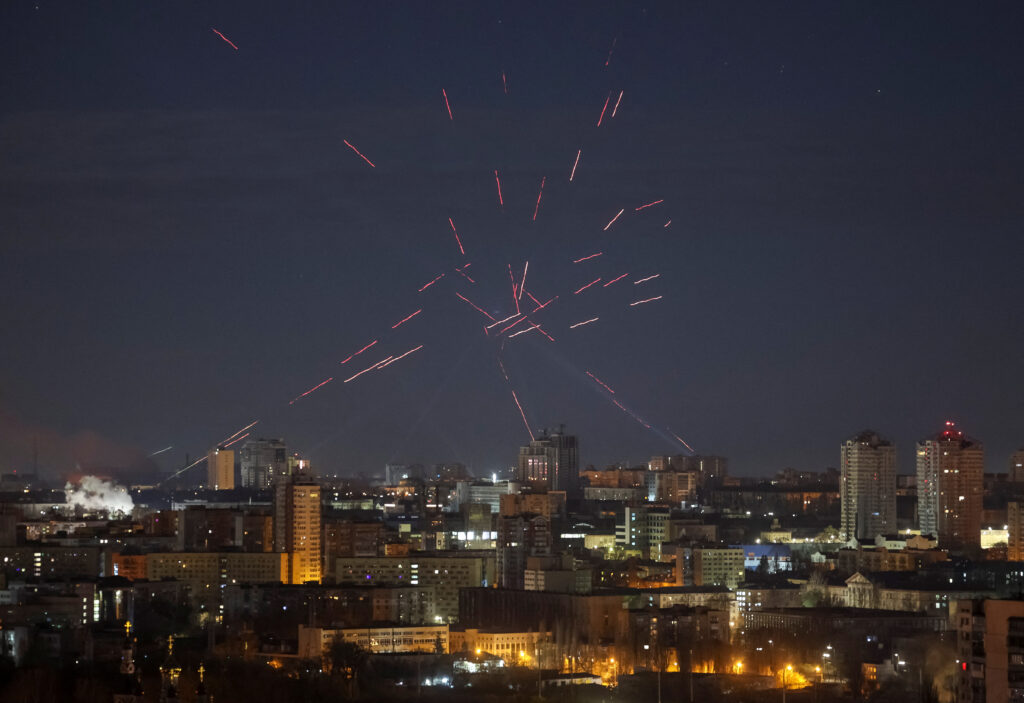Cold War era Kremlinologists often used to refer to a concept known as the “correlation of forces.” It was a neat way of second guessing the Soviet Union’s underlying military strategy. That concept, however, largely fell out of use with the fall of the Soviet Union. Considering the nature of today’s confrontation between Russia and the West, it is clearly a term that has been wrongly forgotten, and is due a comeback.
The ideas behind “correlation of forces” draw heavily on Marxist-Leninist doctrine, at least in its emphasis on reducing a highly complex strategic reality into a mathematical blueprint. Thinking in terms of a “correlation of forces”, broadly speaking, is a way of accounting for national power that goes beyond merely the sum of a nation’s tanks, warplanes, or nuclear missiles. Instead, national power should be measured just as much by factors that are far harder to quantify: Internal cohesion, economic strength, and even ideological clarity of vision. The key lies in various calculations of underlying momentum.
In 1969, Soviet leaders felt that the USSR had finally recovered from the Second World War and that it had caught up with the West sufficiently to declare “strategic equilibrium.” For the USSR, this meant parity not only in terms of strategic weapons like Inter-Continental Ballistic Missiles (ICBMs), but also economic parity. What was the basis of this declaration and what actions did it provoke? By the 1970s, this assessment seemed credible enough: A postwar boom in the West of the 1950s and 60s was fast giving way to stagnant economic growth and high inflation. Some commentators at the time went so far as to call this moment of popular unrest a “crisis of capitalism.” By thinking in terms of a “correlation of forces,” Soviet strategists sensed a contrast between their own forward momentum, and the diminishing momentum of their opponents. This was calculated along with the assurance of strategic nuclear cover, granting the Soviet Union’s leaders a fresh confidence when pushing forward with external political offensives and proxy wars. The aim was then to shift “the competition between the two systems from the military towards the economic, political, and ideological spheres” across the globe.
A New Declaration of Parity
Now nearly half a century on, observers are again witnessing another declaration of parity from Russia. Or in Michael Kofman’s words, a “challenge” from Russia’s leadership as the western world undergoes a “crisis of democracy” and economic hardships ever since the financial crash of 2008. Increased foreign adventurism by the United States and its allies over the last few decades — both in Eastern Europe and the Middle East — have taken their toll on the West’s strategic momentum.
If one uses the late Soviet surge in operational tempo as a model — culminating in the Soviet Union’s own invasion of Afghanistan — then analysts should also look for similar triggers that have allowed Russia to feel comfortable with returning to aggressive policies today.
That explanation holds water: Similar to the 1970s declaration of parity through strengthened nuclear defense capacity, analysts have observed the buildup of Russian Anti-Access/Area Denial (A2/AD) capabilities in recent years. As nuclear parity enabled 1970s Soviet Third World adventurism, now Russia’s A2/AD doctrine allows sufficient parity to permit Russian aggression abroad today.
In the mid-1990s, while a newly independent Russia licked its wounds, the experience of American airpower on traditional areas of Russian influence left a profound impact on its military and state. With minimal casualties and expense, American and NATO forces pushed forward in Iraq and then the former Yugoslavia in the 1990s. These lessons were further reinforced by subsequent operations in Afghanistan, Iraq again, and then Libya. Russian observers were quick to note the effectiveness of these strikes and to realize the implications for Russia. As Head of the Russian General Staff Valery Gerasimov noted “the concepts of global strike… [enable] the defeat of enemy objects and forces in a matter of hours from almost any point on the globe.” For Gerasimov and the Russian military establishment (which still viewed the US and NATO as the most likely future adversary), this most likely meant defending against initiatives such as Prompt Global Strike, a US program to ensure air or ground strike capabilities across the globe within hours. For the Russian view of the correlation of forces, these new and deadly American capabilities represented a danger similar to the American monopoly on nuclear weapons in the late 1940s.
While they knew balance was needed, Russian strategists recognized that they simply could not compete with American aircraft in air-to-air combat. The country was still too poor and its airframes too antiquated. Looked at through the lens of the correlation of forces, it was apparent a different emphasis was needed. Instead, a more mobile and cheaper option could be pursued by building on a traditional strength — area denial. A2/AD capabilities, represented in the public eye most by the S-300 and S-400 surface-to-air missile systems, allow Russian mobile forces to target multiple airborne threats from standoff range, effectively challenging control of the skies.
By contesting air supremacy, Russia hopes to deny NATO its greatest advantage, forcing the conflict (literally) onto terrain of its own choosing.
Opportunism by Default
Of course, A2/AD is not the be-all and end-all of the modern view of correlation of forces. In its near abroad, Russia holds a clear advantage in military escalation and economic might, regardless of its ability to place an S-400 system on its borders with NATO or even CIS nations.
However, even in domains where Russia holds local escalation dominance, the correlation of forces stresses the value of momentum. As Soviet correlation of forces doctrine once preached, any balance of power is only temporary, thus mandating “not only is advance permissible where possible, but required. Advantages proffered by the favorable relation of forces must be seized.”
When that momentum threatened to shift away from Russia’s favor, as in Georgia in 2008 or Ukraine in 2014, Russian strategists felt action to be the prudent course. To cede Ukrainian or Georgian sovereignty would be to cede Russia’s forward momentum.
Understanding the Russian view of the correlation of forces concept allows for a more holistic look at national power. On paper, Russia’s economic situation is pitiful compared to Western industry. The US economy alone makes Russia’s look microscopic and paleolithic. US GDP is nearly ten times the Russian economy. Russia’s population too remains less than half that of the US (excluding NATO allies) and has been stagnating since the 1990s. But by balancing the correlation of forces within the conventional military realm, and forcing any kinetic intervention to occur close to Russian territory and on their terms, Russia can compensate for its weaker economy.

Source: World Bank
Thus Russia once again finds itself in a similar situation to 1969, where its strategic nuclear arsenal sufficiently guaranteed the state’s survival. Now, in an era where the precision of conventional weapons would decapitate a country in minutes, regime survival could be guaranteed through A2/AD. It is this comfort that allows the free hand by which Russia can conduct not only military operations abroad, but also a variety of economic, political, and cyber missions in a manner that is ever more audacious and far-reaching..
Though modern Russia should not be conflated with the Soviet Union, its officers and political leadership remain steeped in the Soviet concepts with which they were trained, a part of the reason reforming its military has been so difficult.
Understanding A2/AD as part of Russia’s calculated correlation of forces also helps analysts understand what its leadership appears to be willing to gamble so extensively in international affairs. An understanding of correlation of forces can help figure out where those rolls of the dice may come in the future. In the last few years, Russian opportunistic activity in both political and military spheres can be seen not as random, but instead taking advantage of areas where “advances” in Russian strategic interests are possible and Russia itself remains secure. The consequences of this opportunism can expand according to Russia’s own estimations of its reach; it can be seen in Russian actions ranging from the intervention in the Donbas to the Skripal poisonings.
Consequently, European and American analysts viewing instability or turmoil in Russia’s near abroad (especially in areas such as Central Asia or the Balkans) would do well to see these actions in light of Russia’s continued adherence to thinking about its strategic interests in terms of a “correlation of forces.”










